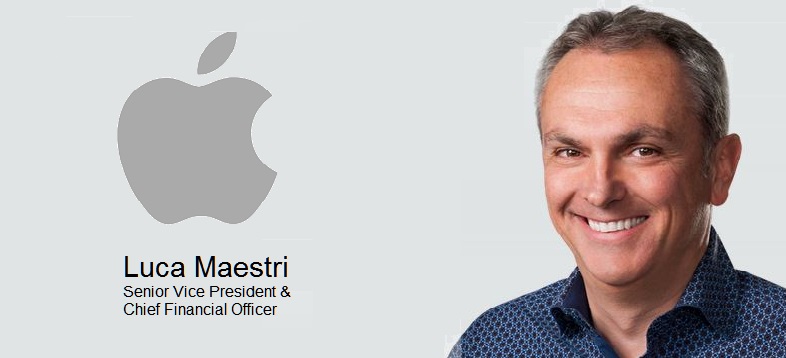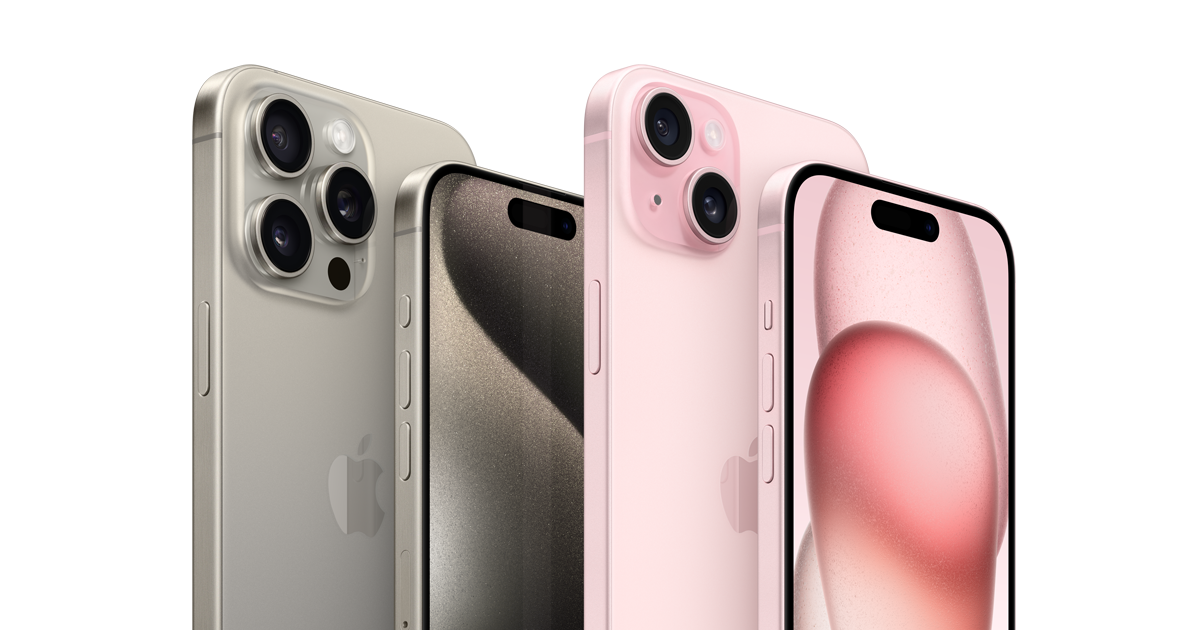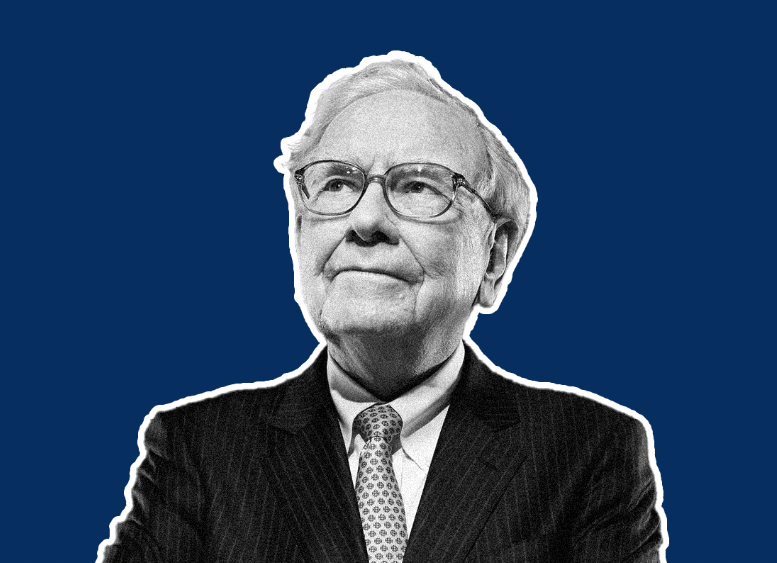Apple revealed on Thursday that iPhone sales for the second fiscal quarter were down 10%, from $51.33 billion to $45.96 billion year over year. China’s 8% reduction contributed to the downturn
Apple’s sluggish adoption of AI compared to competitors such as Google and Microsoft influenced consumers’ decision to wait before purchasing a new iPhone. Apple has promised some significant announcements on that front (presumably at WWDC in June), but the iPhone 16 will likely not be available until the fall.
“Keep in mind, as we described on the last call in the March quarter a year ago, we were able to replenish iPhone channel inventory and fulfill significant pent-up demand from the December quarter COVID-related supply disruptions on the iPhone 14 Pro and 14 Pro Max,”
Tim Cook
CEO Tim Cook explained on an earnings call.

“We estimate that this one-time impact cost $5 billion in March quarter revenue last year. If we removed this from last year’s figures, our overall business revenue for the March quarter of this year would have increased.”
Despite the gloomy hardware data, the business nevertheless managed to outperform Wall Street estimates, and the stock jumped more than 6% after hours, propelled by a boost in services revenue and a hefty $110 billion stock buyback – a significant increase over last year’s $90 billion purchase.
Services, which include iCloud, Apple TV+, and Apple Music, increased 14% this year. Apple has long anticipated a fall in hardware sales, and its increased focus on subscription services has helped to offset some of that decline.
“We expect our services business to grow double digits at a rate similar to the growth we reported for the first half of the fiscal year,”
Luca Maestri
CFO Luca Maestri stated on the call. He also said that “iPad should grow in double digits.”

The business is anticipated to launch two new iPads at a separate event next week. The fact that the corporation has not upgraded its tablet line since 2022 undoubtedly helped its year-over-year sales decline from $6.67 billion to $5.56 billion.
Apple is also likely to unveil the M4 chip, the most recent addition to the Apple Silicon line, at the presentation on Tuesday. However, the company’s chip progress will soon be tested by Microsoft’s efforts in the sector, which are scheduled to be presented at the Build conference in late May.
More hardware is anticipated to be on the agenda for its annual World Wide Developers Conference in June.
Apple does not provide Vision Pro figures. Instead, such statistics are included in Wearables, Home, and Accessories, a category that covers Apple Watch, AirPods, and HomePods. Most reports, however, indicate lower-than-expected sales. Despite this, the firm endeavored to portray the headset’s launch positively.
“During the quarter, we were thrilled to launch Apple Vision Pro and to show the world the potential that spatial computing unlocks,” Cook remarked in a release.
“We’re also looking forward to an exciting product announcement next week and an incredible Worldwide Developers Conference next month.”
In February, Cook attempted to answer concerns that the business was lagging behind Google and Microsoft by stating that it would have more information on its generative AI work “later this year.” While the matter will undoubtedly be at the top of mind at the iPad launch, the firm is keeping the big bombshell for WWDC in June.
Meanwhile, speculation suggests that Apple plans to integrate OpenAI’s ChatGPT and Google’s Gemini into future iPhones.
“I don’t want to get in front of our announcements, obviously,” Cook said during tonight’s call. “I’d just add that we see generative AI as a critical opportunity across our offerings. And we believe we have advantages that distinguish us there. And so we’ll discuss that in the coming weeks.”



